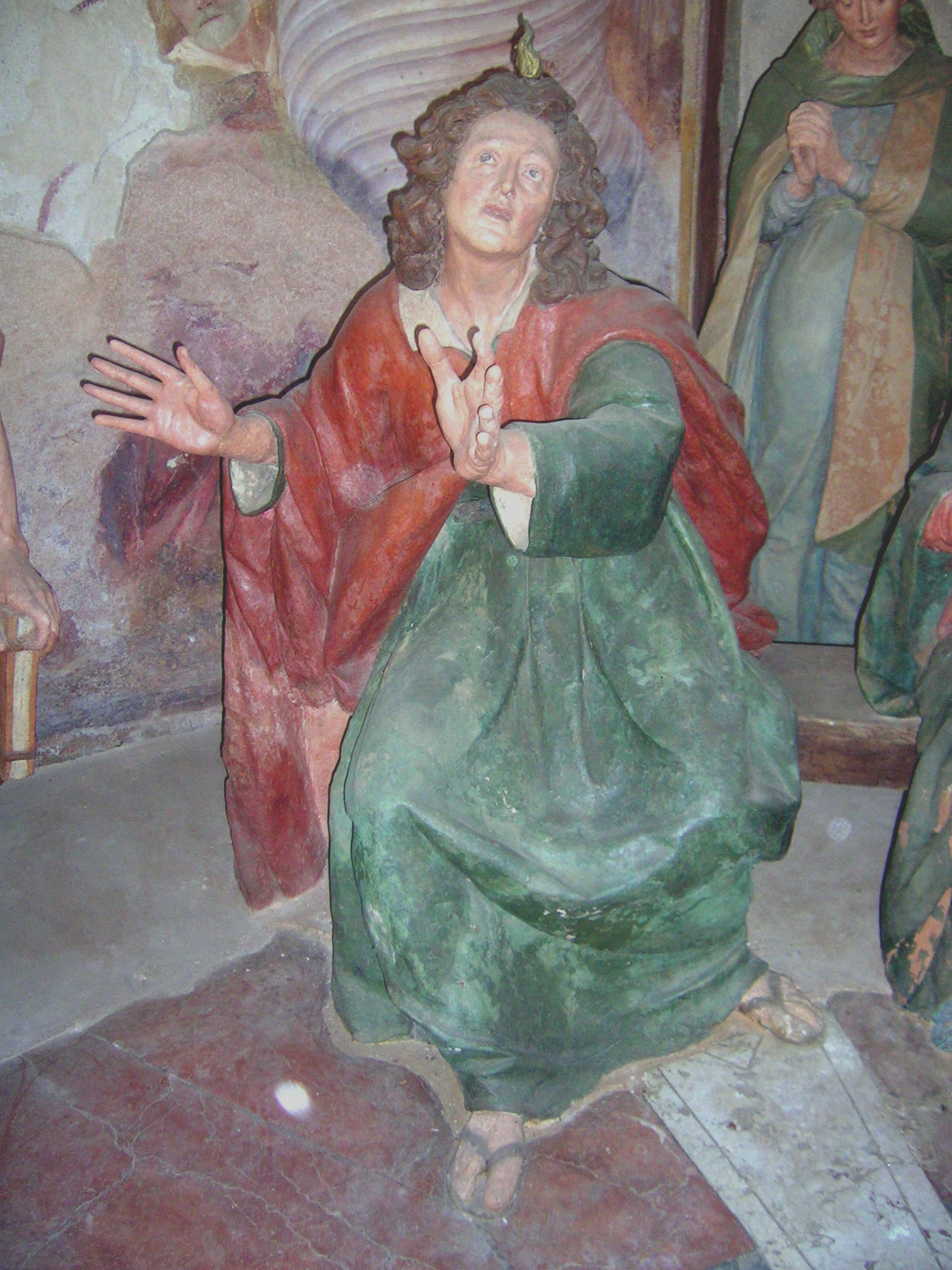Lasers provide a means to identify the chemical make-up of materials and are widely used to perform Raman spectroscopy, which provides a chemical fingerprint for the identification of pigments used in famous art and manuscripts and the chemical composition of archaeological treasures.
Painted murals and sculptures
 Scientists from the CLF have joined forces with researchers from the Institute for the Conservation and Promotion of Cultural Heritage (ICVBC), part of Italy’s National Research Council (CNR) to develop this technique, which will reduce the risk of damage to precious paintings when conservation and restoration work is being carried out. The technique has been tested on a surface of painted layers, artificially prepared to mimic a real painting. The researchers were able to isolate the light signals from each individual layer, enabling them to assess the chemical make-up. The next step is to optimise the sensitivity and depth penetration, and apply the technique to real artwork. The ultimate goal is to develop a portable scanner that can be used in the field.
Scientists from the CLF have joined forces with researchers from the Institute for the Conservation and Promotion of Cultural Heritage (ICVBC), part of Italy’s National Research Council (CNR) to develop this technique, which will reduce the risk of damage to precious paintings when conservation and restoration work is being carried out. The technique has been tested on a surface of painted layers, artificially prepared to mimic a real painting. The researchers were able to isolate the light signals from each individual layer, enabling them to assess the chemical make-up. The next step is to optimise the sensitivity and depth penetration, and apply the technique to real artwork. The ultimate goal is to develop a portable scanner that can be used in the field.
References
The bones of sailors who sailed on Henry VIII’s flagship have also been analysed using Raman spectroscopy. The Mary Rose sank in battle in the Solent on the 19th July 1545, and was preserved by being covered in silt. The work performed by the Royal National Orthopaedic Hospital (RNOH) in Stanmore, North London, University College London (UCL), the Central Laser Facility and The Mary Rose Trust laser technology, identified evidence of bone disease in the sailors. Two sets of tibia bones were obtained from The Mary Rose Trust, bones that appeared anatomically healthy and bones that were abnormal in shape. The deformations in the abnormal bones were suspected to be due to a metabolic bone disease such as rickets (the poor diet of the average person in the 1500s would have increased the prevalence of rickets). The results of the Raman study confirmed that the abnormally shaped bones did have chemical abnormalities associated with rickets.
References
